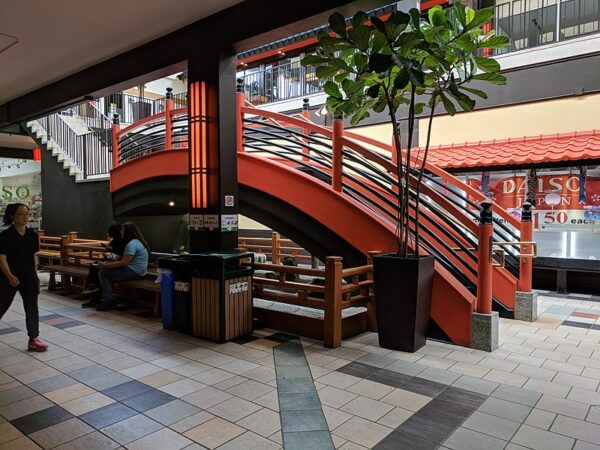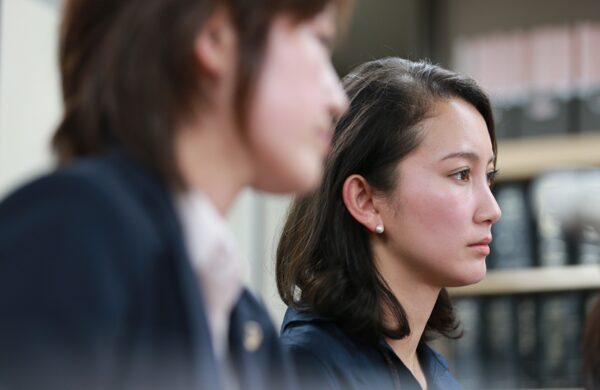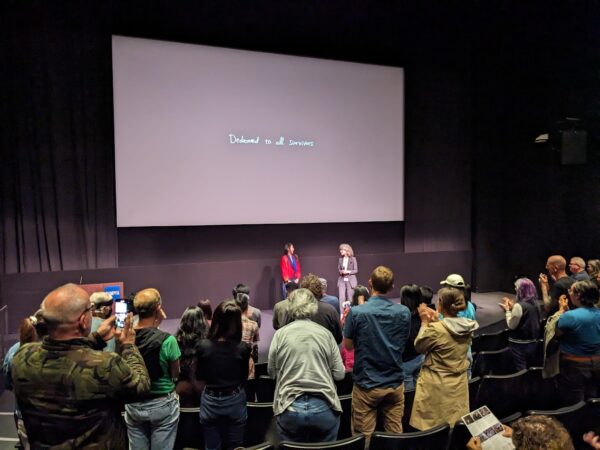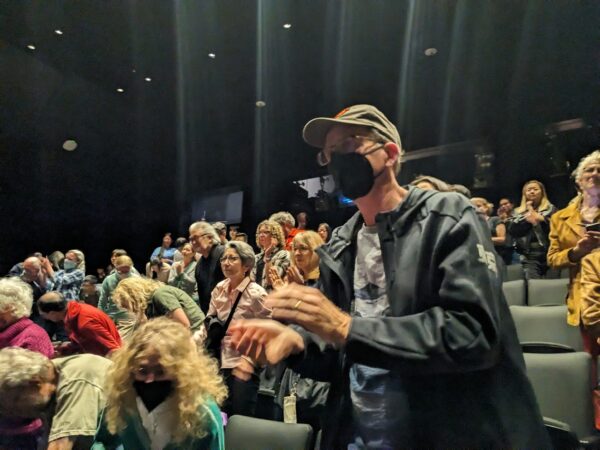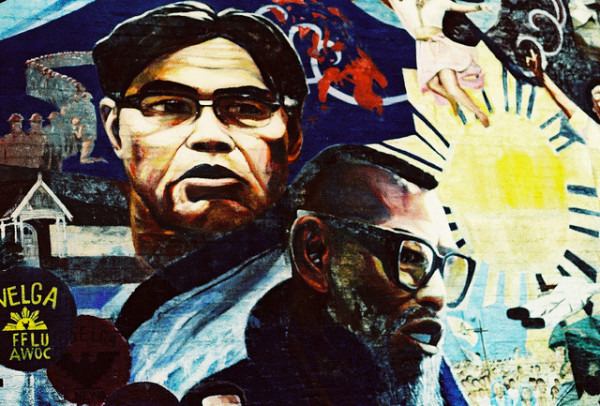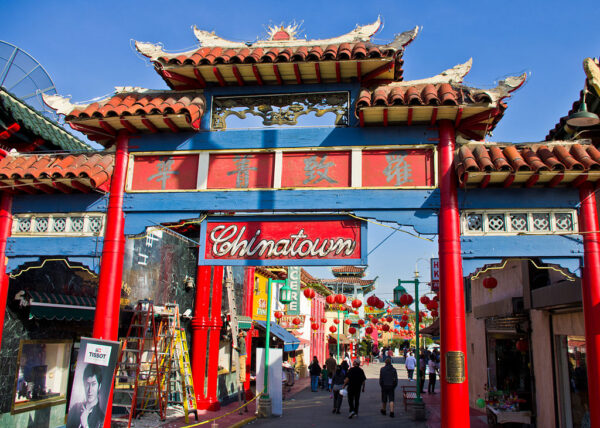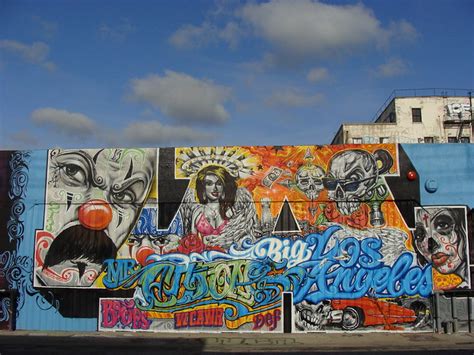
Asian Americans are often thought of as the “model minority” – a highly educated, wealthy, and good-behaving demographic. Sure, Asian Americans as a whole do have the highest income amongst all racial demographics and are massively overrepresented in higher education, but this sentiment cannot be applicable to all Asian Americans. As explored in another article, the wealth distribution amongst Asians varies heavily depending on their country of origin. East Asians tend to be the wealthiest, along with Asians, but the story is different for Southeast Asians, particularly Cambodian, Laotian, and Burmese. These demographics have some of the highest low income rates amongst Asians, and many of them migrant to America to work in low paying jobs. These demographics would eventually constitute the bulk of the gang “Asian Boyz”.
Gangs are predominantly found in low income communities. They may form for many reasons, such as for protection from the police or to make money through street crimes; the Tiny Rascal Gang was founded by Cambodian refugees in Long Beach in the 1980s as a response to harassment from another gang: the East Side Longos. Time Magazine recalls the situation: “You land in a gang neighborhood, it might seem natural to form a militia to defend yourself.” Finding themselves in hostile territory marked by street crimes and gang violence, Cambodian refugees had no choice but to adapt to the lifestyle, forming street gangs as a way to protect themselves. After an internal dispute in the Tiny Rascal Gang, members splintered off to form the Long Beach Asian Boyz.
The Asian Boyz grew rapidly in a few decades, given its lax membership and attraction amongst low-income Asian communities who were gatekept from other gangs. It also merged with several other Asian gangs such as the Asian Boys Insanity, which was based in Chinatown and parts of the San Gabriel Valley, and the Van Nuys Asian Boys based in Van Nuys. Membership is estimated at around 2,000-5,000 members in Long Beach; with this expansion, the Asian Boyz grew their influence across the nation, operating in “at least 28 cities in 14 states”. Additionally, gang memberships include members of the US Military, constituting a national security risk. Soon, the Asian Boyz became a notable force within gang culture, and they quickly grew their reputation through notorious crimes.
Pierre Mercado, one of the Mercado brothers and a leader of the Asian Boyz, was found guilty of committing 4 murders and was sentenced to 218 years in prison – the victims were mistaken for rival gang members. His older brother, gang founder Marvin Mercado, was sentenced two years earlier for 8 murders – his punishment: 8 consecutive life sentences. Deputy District Attorney Hoon Chun remarks, “Many of the murders were “indiscriminate” and marked by violent abandon; gang members once threw a grenade and fired wildly into a crowded party of what seemed to be random victims”, highlighting the violent nature of the gang.
This philosophy of raising gang reputation through widespread violence was the motivation for much of their crimes; on top of dealing drugs, committing burglaries and robberies, and many murders, the Asian Boyz was also responsible for the deaths of two students at San Marino High School. While attending a graduation party, the Asian Boyz saw rival gang members and initiated a shootout, killing two youths. This wasn’t the only instance in which children died by their hands either: 16 year old gang member Richie Nguyen was sentenced to 5-15 years in prison for beating Chino Vu, a 15 year old, to death. In another case, a 17 year old gang member Sophal Phon was sentenced to life for killing 2 parents and shooting their 12 year old daughter in the head. These are just a few examples of the widespread carnage the gang has created over the last few decades, which still goes on today.
The Asian Boyz gang is still active across the US, but following the arrest of their leaders and the Mercado Brothers, gang activity has decreased significantly. Just last year, 9 members and associates of the gang were charged with drug trafficking and firearm offenses, a sign of their continued presence. If one were to look through the news for them, however, it appears that news reporting on them are few and far between, with their last documented crimes occurring in 2023 and then 2020. The history of the Asian Boyz was rooted in defense against a hostile community, but a few decades later, this gang has been responsible for some of the most heinous crimes in SoCal and across the country. As gang activity declines across the nation, we may one day see the disbanding of the SoCal gang should conditions better for low income communities; for now, the Asian Boyz continue to keep a presence in California’s Asian communities.
(Photo Credit: A Syn licensed under the Creative Commons Attribution-Share Alike 3.0 Unported License)

